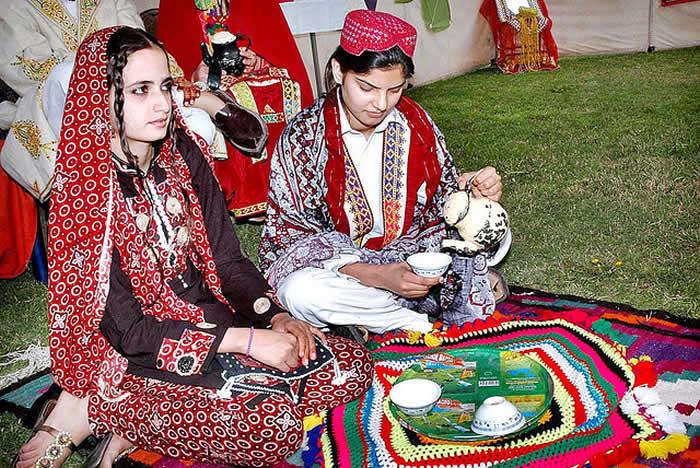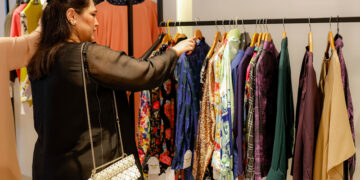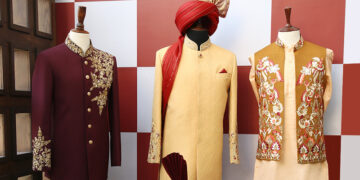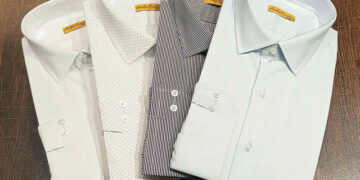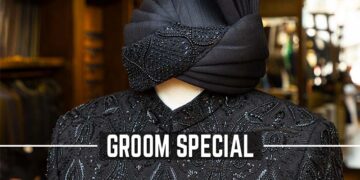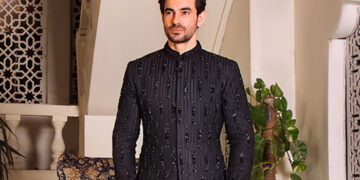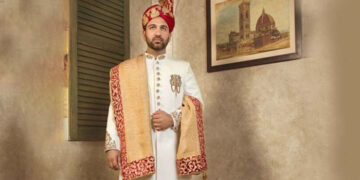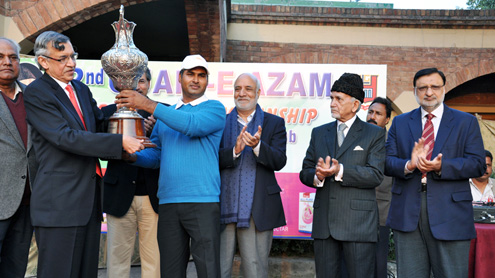According to the Lonely Planet, the largest travel information writer in the world, Pakistan’s tourist market is changing to the big thing’ that is ‘next. a variety of civilizations has affected amongst many different products, the standard Pakistani outfit, and this unique synthesis has led to the design of the diverse selection of clothing. As a traveler you will be urged to get the products being distributed and you’re also likely to deal!
[contentblock id=1 img=adsense.png]
10. Khussa/Mojari:

The Khussa is just a handmade boot, constructed from plant-tan leather and designed with reflective mirrors and creative drops. The shoes therefore are an ideal item to improve any clothing, and are relaxed enough to become used everyday.
9. Ajrak:

The Ajrak is just a scarf made out of organic colors and pine fabric. It’s generally linked to the Sindhi culture and it is a combination of decorative and distinctive block images. Both women and men may put it on, like a dupatta or like a turban .
Read More: Fashion and Education
8. Peshawari Chappal:

The Peshawari Chappal is known as following the town of Peshawar, situated in Khyber Pakhtunkhwa. This region’s Pashtuns generally use this available-toed shoe, due to the convenience it offers. This Peshawari Chappal, impressed Paul Smith, a renowned Language custom, and offered his model for £300. Luckily, in Pakistan less than £15 is cost by the shoe!
7. Bangles/Churiyan:
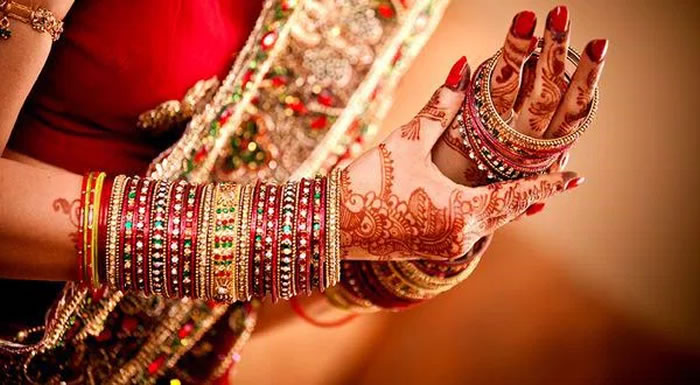
Bracelets are bracelets often produced from plastic or steel. It’s a typical lifestyle to get a lady to use glass bracelets on her big day, but based on custom, a lady mustn’t purchase the bracelets she wears. Given that they are available in a huge number of shades and dimensions, attractive to everyone’s flavor in this instance, they’re an ideal present!
[contentblock id=2 img=gcb.png]
6. Mehndi/Henna:

Mehndi is just a stick produced from a plant, that will be applied to enhance your body, most often the toes as well as the fingers. It’s currently part of the marriage tradition to decorate the bride’s fingers with intricate henna patterns, contributing to the bridal elegance that is classic.
5. Pashmina Shawl:

The Pashmina Scarf is hand immediately means ‘Soft, and spun in Kashmir. This scarf is made of cashmere materials that were invaluable, developing a light and gentle cover that’ll enhance any clothing.
Read More: 2015 PFDC Sunsilk Fashion Week – Schedule
4. Salwar Kameez:

The Shalwar Kameez it is thought to be the national costume of Pakistan, and could be used by both women and men. The Shalwar can be a free airy and comfortable trouser, sewn to suit tightly round the legs. The Kameez is just a tunic, which may be used officially and equally gently. This mixture is positive throughout the year, as throughout the summertime light components like georgette or chiffon may be used to produce a moderate yet distinctive ensemble. During events, ladies particularly enjoy displaying Kameez’s with series function and embroidery.
3. Sindhi Cap/Topi:

The hand-woven Sindhi Topi is just a portrayal of imagination and the effort involved with creating a masterpiece. the Baloch people have is often worn but also accepted the limit.
2. Waistcoat/ Sherwani:

The Sherwani is just a long outfit, which resembles the Achkan. The Sherwani adopted by Mohammad Ali Jinnah, and was initially used from the Mughal royalty. He was recognized to often use the Sherwani, and therefore managed to get Pakistan’s national costume. In age and day, it’s become a custom for grooms to use a Sherwani on the big day. Various versions of the coat contain embroidery and elaborate touches.
[contentblock id=3 img=adsense.png]
1. Jinnah Cap/Karakul Hat:

Its title has been obtained by the Jinnah Limit the founding father of Pakistan, from Mohammad Ali Jinnah. He therefore created the limit part of the costume of Pakistan, and often used it. It’s often called the Karakul Cap, produced from the Karakul’s smooth hair.


